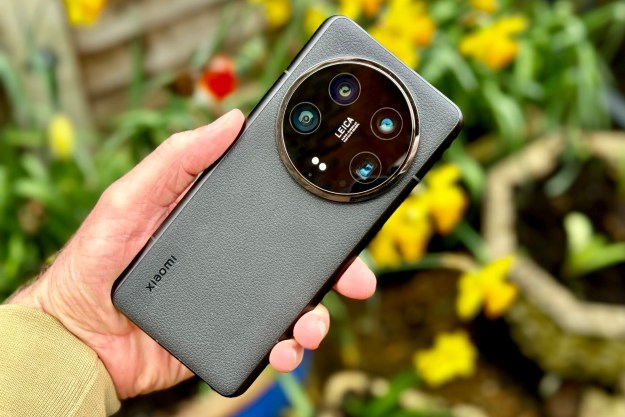During its Galaxy Unpacked February 2023 event, Samsung revealed the next generation of Galaxy phones that make up the S23 lineup: the Galaxy S23, S23 Plus, and Galaxy S23 Ultra. These phones are packed with the latest Snapdragon 8 Gen 2 for Galaxy chip from Qualcomm and have up to 12GB RAM and 1TB storage, a massive 200MP main camera on the Ultra, and plenty of other powerful features.
However, an article from Ars Technica raises questions about the storage on the
Here’s what’s really going on with the
GB vs. GiB (and what it all means)

When you get a
But like every other smartphone, that advertised storage space is never the actual usable space. Every device needs to set aside some storage for the operating system and all the necessary system files, which will reduce the amount of actual usable storage that you can do whatever you want with.
And believe it or not, while we are all familiar with gigabytes (GB), there is another form of data measurement that is similar but different: gibibytes (GiB). While one GB is 1000³ (1,000,000,000) bytes, a single GiB is 1024³ (1,073,741,824) bytes. Essentially, one GB is 0.93 GiB.

Why is this significant? It turns out that Samsung is actually calculating the storage space for the S23 series, which you can find in the “My Files” app, in binary GiB units, thus not reflecting the actual storage space, which is in GB.
We reached out to Samsung about what’s going on here, and this is what the company told us:
“The actual internal system storage space for the
Galaxy S23 series is between 20 to 25 GBs, depending on model type, carrier, or region. The internal system storage is allocated for Android OS, Samsung’s unique One UI and native apps, and room for future OS upgrade for more convenient and seamless usability. Storage space for the S23 series, as currently viewable in the My Files app, is calculated using binary GiB units, which doesn’t reflect the actual storage space. To address this confusion, Samsung is considering updating My Files to use decimal GB units, which will enable the app to precisely display actual internal system storage space as between 20GB and 25GB.”
Yes, it’s a little confusing, but in actuality, the system files are really not taking up almost half of the base model S23. Inaccurate system storage numbers are not strictly a Samsung thing, as even Apple’s iOS has had bugs with showing incorrect storage numbers in the past.
Hopefully, Samsung does issue an update in the near future to address this issue, because, in reality, it should only be taking up 20GB and 25GB, which is a much more realistic number.
Samsung is reserving space for its own apps and future updates

As mentioned in Samsung’s statement to Digital Trends, some of that system space being taken up is basically being partitioned and reserved. Samsung uses its own One UI on top of
Another important thing to note is that Samsung does include a lot of duplicate apps on top of the stock Google ones. So, it reserves some extra system space to add its own native Samsung version of apps, in addition to the standard Google apps, and other apps that partners may want to add for certain carrier functions. In addition to the Play Store and Google Photos, you also have the Galaxy Store and Samsung Gallery apps, for example.

Finally, Samsung promises to support the
Instead of someone having to delete apps and other files to make room for the software update in the future, having reserved space ensures that there is already room for it without any extra work from the user. It’s basically just partitioned off so you can update the S23 when needed without having to worry about allotted space for it, because it’s already been done by Samsung.
Advertised storage ≠ usable storage

So, while the advertised space on the box is 128GB/256GB/512GB/1TB, it’s never actually the usable space — this applies to any smartphone on the market, not just Samsung devices. And since this space is set aside for system files, it shouldn’t get larger than that.
For example, my 128GB Google Pixel 7 has about 14GB of system files, which means I only really have 114GB of space for photos, apps, and other files. My Samsung Galaxy Z Flip 4 has 128GB advertised storage, but there is almost 24GB taken up by system files, leaving me with 104GB of real storage.
The initial article from Ars Technica, which has since been updated, seems to have caused some confusion and controversy regarding Samsung’s
While it’s still a little bit larger than, say, a Google Pixel for system space, the 20GB to 25GB set aside for system apps and updates is not too bad — especially when you consider that any version of the S23 should last you at least four years.
Editors' Recommendations
- 5 phones you should buy instead of the Samsung Galaxy S24 Plus
- 5 phones you should buy instead of the Google Pixel 8
- Having Galaxy S24 Ultra camera issues? A fix may be coming soon
- Have a Samsung Galaxy S23? Don’t update your phone to One UI 6.1
- Galaxy AI is now available for these other Samsung phones



